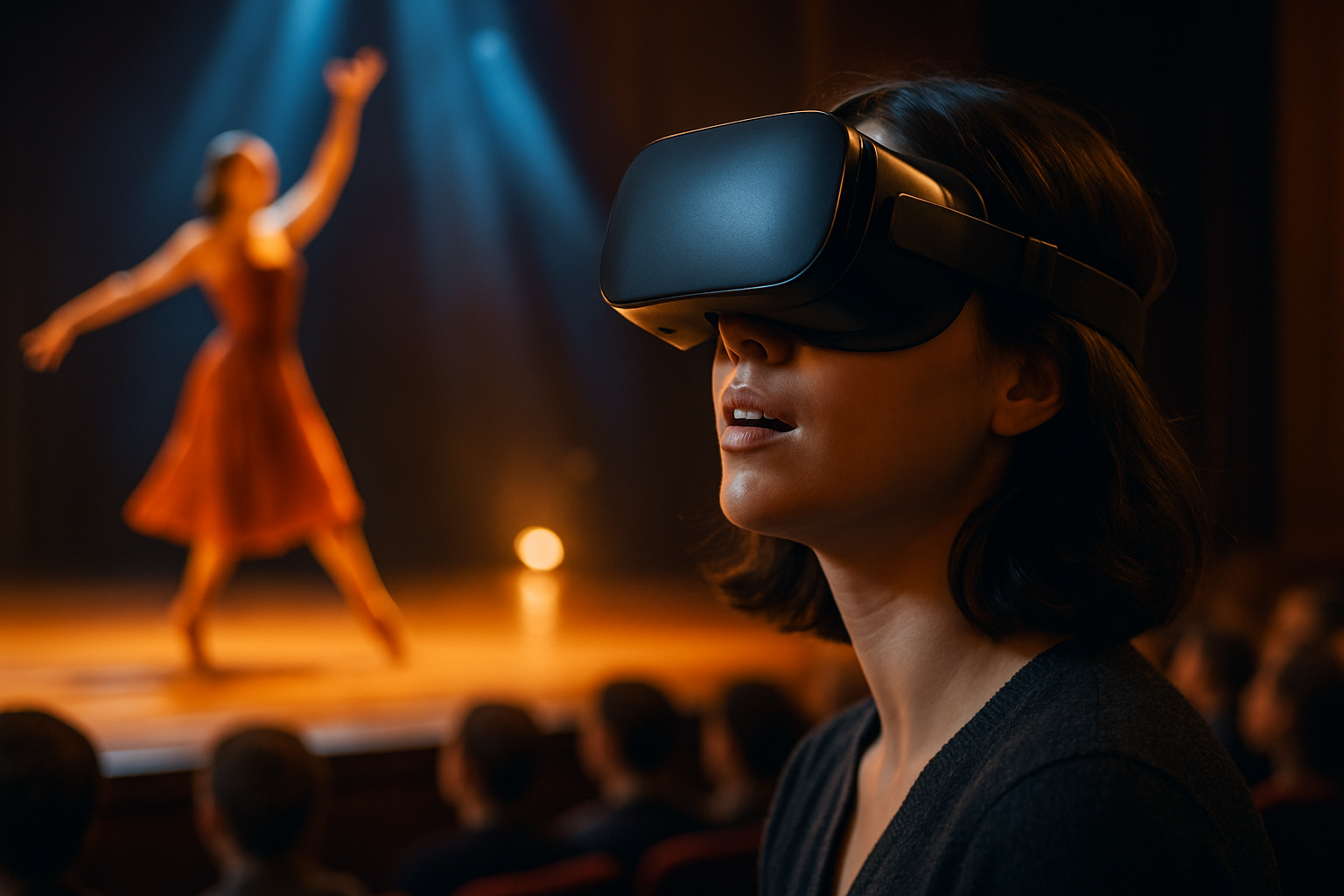Holographic Theater: The Future of Live Performance
In an era where digital innovation constantly reshapes our entertainment landscape, holographic theater emerges as a groundbreaking fusion of traditional stagecraft and cutting-edge technology. This revolutionary art form transcends the boundaries of conventional performance, offering audiences an immersive experience that blends the tangible with the virtual. As holographic projections breathe life into ethereal characters and fantastical worlds, the very nature of live theater is being redefined, promising a future where the impossible becomes possible on stage.

Pioneering Productions
The first major holographic theater production debuted in 2012, featuring a holographic resurrection of rapper Tupac Shakur at the Coachella music festival. This groundbreaking performance sparked a wave of interest in the potential of holographic technology for live entertainment. Soon after, theater companies began experimenting with incorporating holographic elements into their productions, starting with small-scale effects and gradually expanding to full-fledged holographic characters and sets.
Technical Marvels Behind the Scenes
The creation of a holographic theater production involves a complex interplay of various technologies. High-powered lasers, advanced projection systems, and specially designed screens work in concert to create the illusion of three-dimensional objects floating in space. Motion capture technology is often employed to translate the movements of live actors into their holographic counterparts, ensuring a seamless blend of the real and the virtual.
Redefining Theatrical Boundaries
Holographic theater has opened up new possibilities for storytelling and stagecraft. Directors and designers are no longer constrained by the physical limitations of traditional sets and props. With holographic technology, entire worlds can be conjured and transformed in an instant, allowing for rapid scene changes and impossible feats of visual spectacle. This newfound freedom has led to a renaissance in theatrical creativity, with productions pushing the boundaries of what’s possible on stage.
The Actor’s Perspective
For performers, holographic theater presents both challenges and opportunities. While some actors have embraced the technology as a means to portray multiple characters simultaneously or interact with historical figures, others have expressed concerns about the potential for holographic technology to replace live performers altogether. The debate surrounding the role of human actors in holographic productions continues to be a hot topic within the theater community.
Audience Reception and Engagement
Initial audience reactions to holographic theater have been overwhelmingly positive, with many praising the innovative and immersive nature of the experience. The ability to witness seemingly impossible feats and interact with virtual environments has captivated theatergoers, drawing in both traditional theater enthusiasts and tech-savvy newcomers. However, some critics argue that the reliance on technology may detract from the raw emotional connection that is the hallmark of live theater.
The Future of Holographic Theater
As technology continues to advance, the possibilities for holographic theater seem limitless. Industry experts predict that future productions will incorporate even more interactive elements, allowing audience members to directly influence the course of the performance. There’s also growing interest in using holographic technology to create hybrid performances that blend live and remote elements, potentially revolutionizing the concept of touring productions.
Educational and Cultural Impact
Beyond entertainment, holographic theater shows promise in educational and cultural preservation efforts. Historical reenactments can be brought to life with unprecedented accuracy, while endangered cultural practices and performances can be recorded and reproduced for future generations. Museums and educational institutions are already exploring ways to incorporate holographic presentations into their exhibits and curricula.
Ethical Considerations
As holographic theater gains prominence, ethical questions have arisen regarding the use of likenesses of deceased performers and the potential for manipulation of historical events. The industry is grappling with establishing guidelines for the responsible use of holographic technology, balancing artistic freedom with respect for individual rights and historical accuracy.
Conclusion
Holographic theater stands at the forefront of a new era in live performance, blending the timeless art of storytelling with the limitless potential of digital technology. As this innovative medium continues to evolve, it promises to reshape our understanding of theater, pushing the boundaries of creativity and challenging our perceptions of reality. Whether viewed as a revolutionary step forward or a potential threat to traditional theater, one thing is certain: holographic theater is poised to play a significant role in the future of live entertainment.





